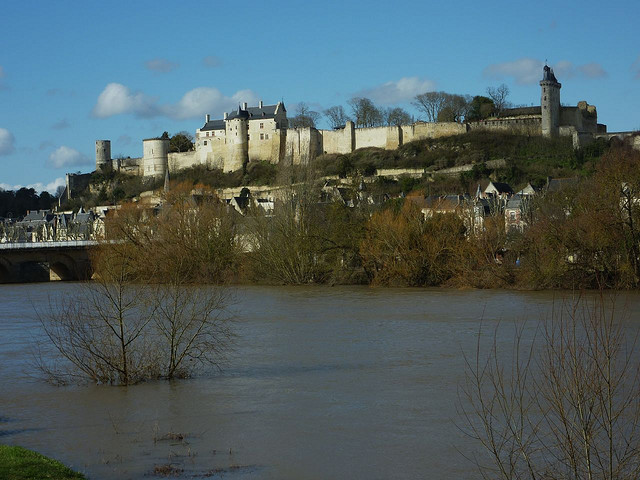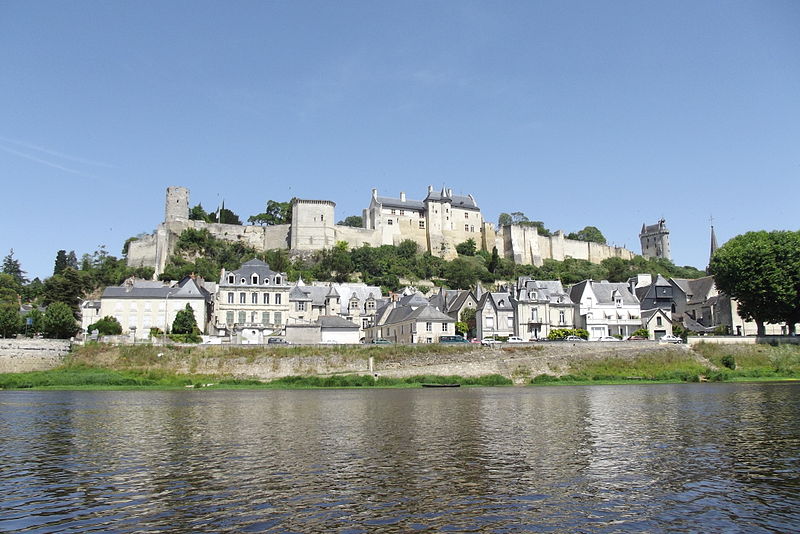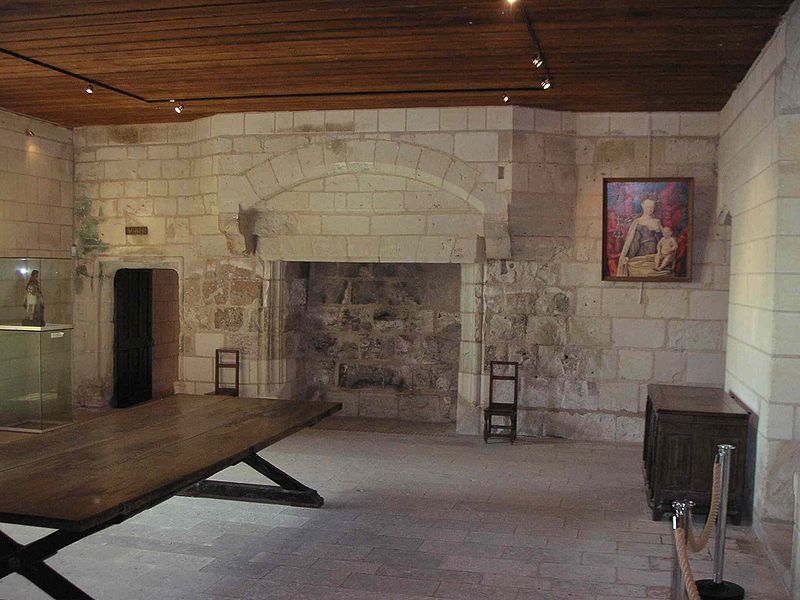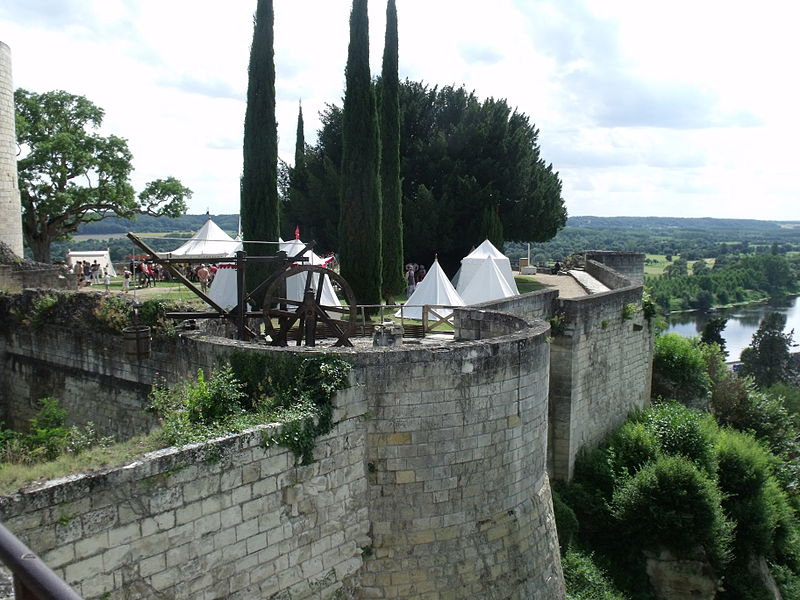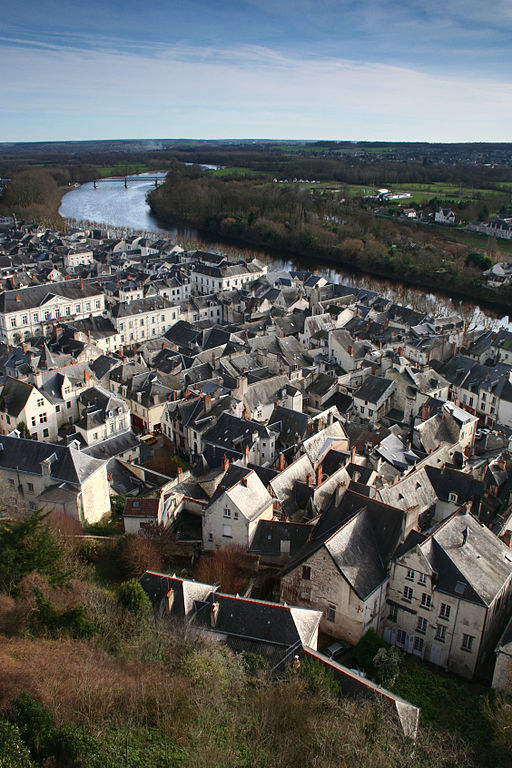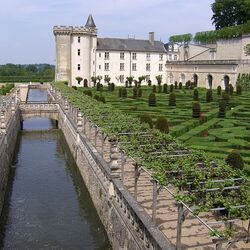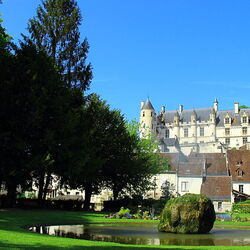Shinon Castle
Chinon Castle is one of the royal castles built in the Loire River valley. The castle consists of three fortresses built at different times.
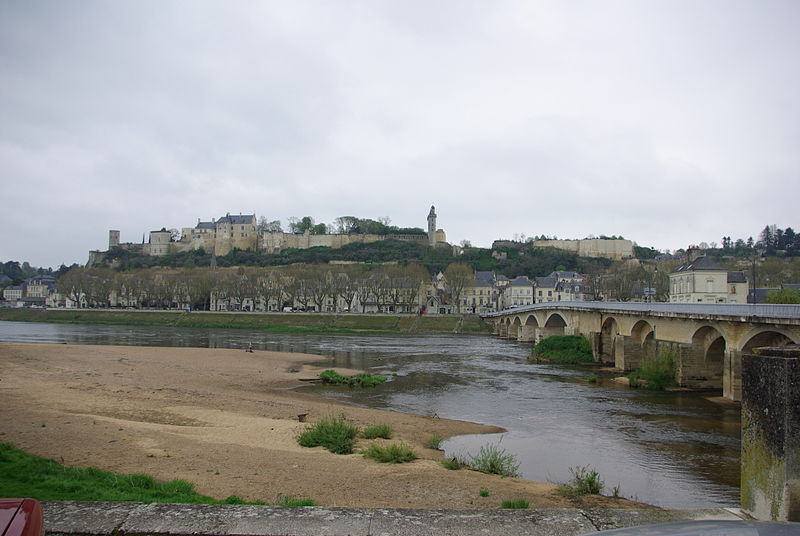
The main building of the Chinon Castle was built in 954 by Count Thebes I de Blois on a hill. In 1037, Count Fulk III of Nerra (Count of Anjou) seized these lands, and the castle's garrison surrendered without a fight. In 1044, Theobald of Blois-Chartres was captured, and in order to be released, he had to renounce his claim to ownership of the castle. So the castle passed to the Counts of Anjou. The new owners connected the castles, built a tower and the chapel of St. Melania. The construction work on strengthening the fortress walls and towers was continued by Henry II Plantagenet, who later became King of England. But, nevertheless, it did not help, after a months-long siege in 1205, Chinon castle passed to the French king Philippe Auguste. After the capture, Philip ordered the construction of new canals and walls in the castle. Active construction work ended only in the 14th century, when the throne room and the royal bedchamber appeared in the castle.
In 1429, the fateful conversation between the Dauphin Charles VII and Joan of Arc took place in Chinon, which convinced him that he should take action against his enemies and regain the French throne. He soon became king of France, and made Chinon Castle a royal residence. Another important event in the history of the castle was the meeting of the envoy of Pope Alexander VI and Louis XII, during which Louis obtained a divorce permit and the opportunity to marry Anne of Brittany, Duchess of Brittany. This marriage increased the territory of France.

In the 17th century, the fortress became the property of Cardinal Richelieu, but his offspring did not appreciate the castle and decided to rebuild it. Some buildings and the throne room were destroyed, but no money was found for the construction of new ones, and the castle fell into disrepair: the ceilings and floors of the Chinon fortress collapsed. It was not until 1854 that reconstruction began due to the high probability of a complete collapse of the castle.
Nowadays, on the territory of the castle you can see Fort Coudray, the ruins of Fort Saint-Georges, in the Clock Tower there is a museum telling about the life of Joan of Arc.
